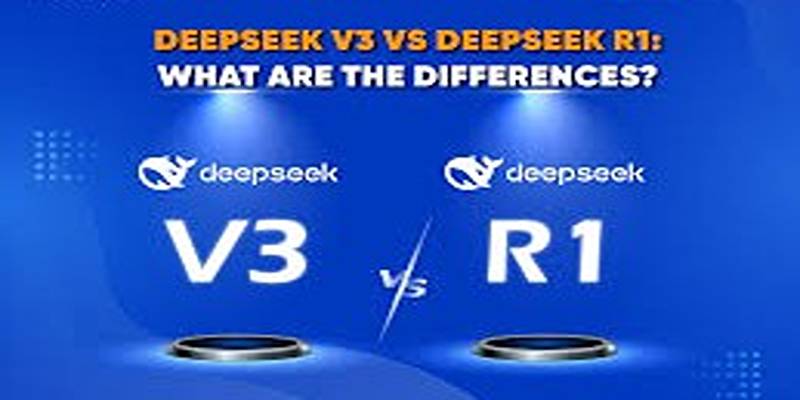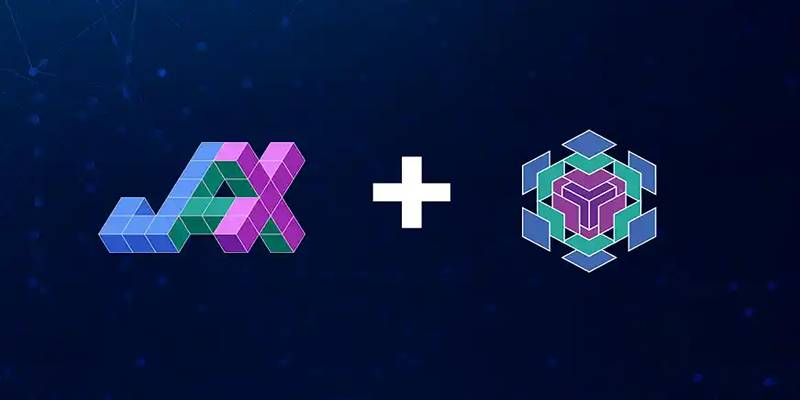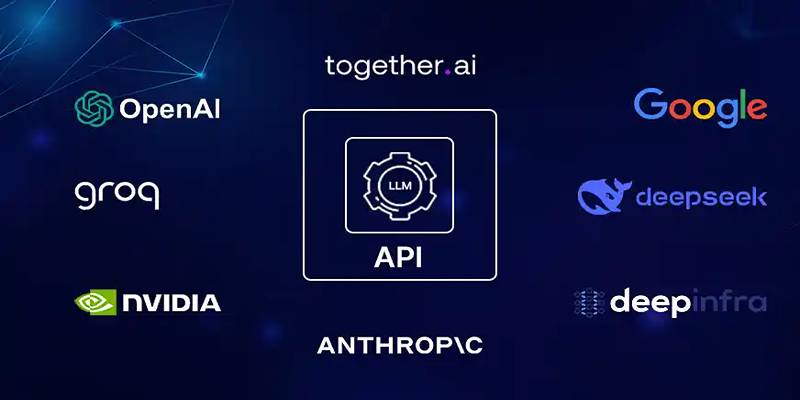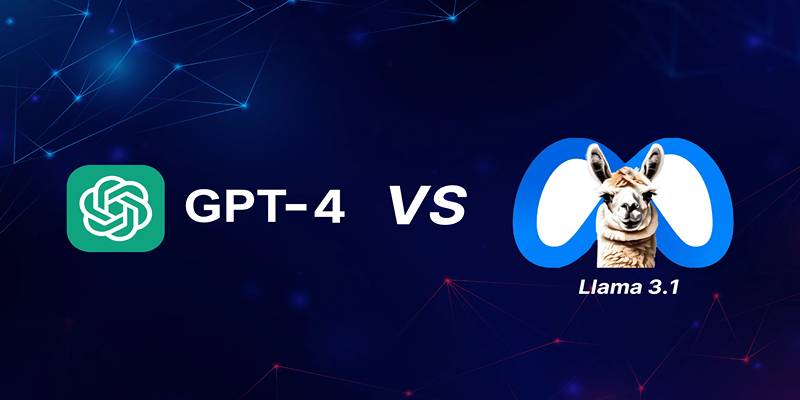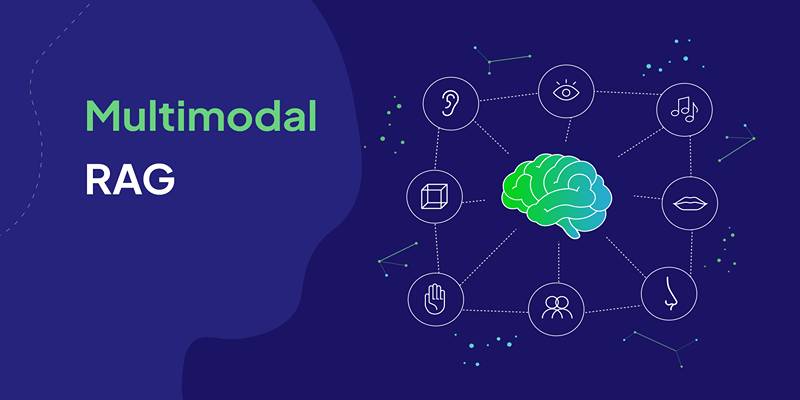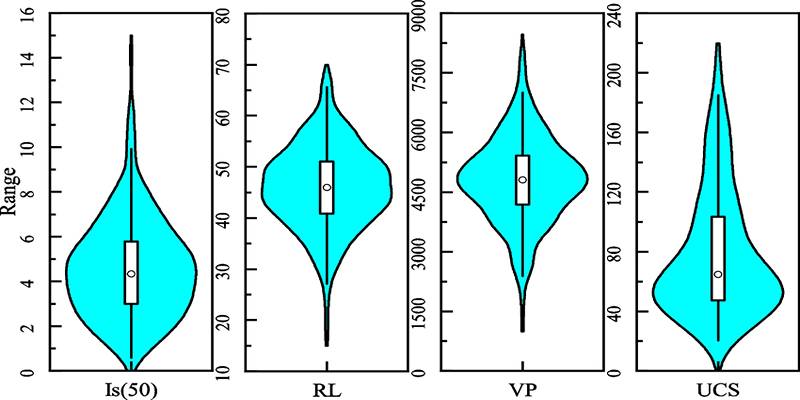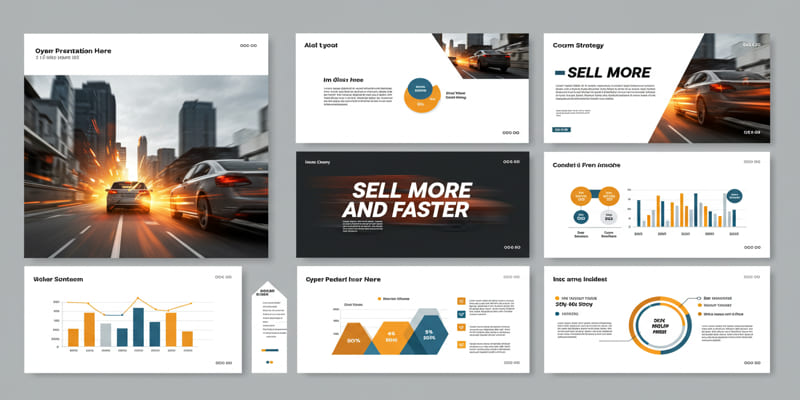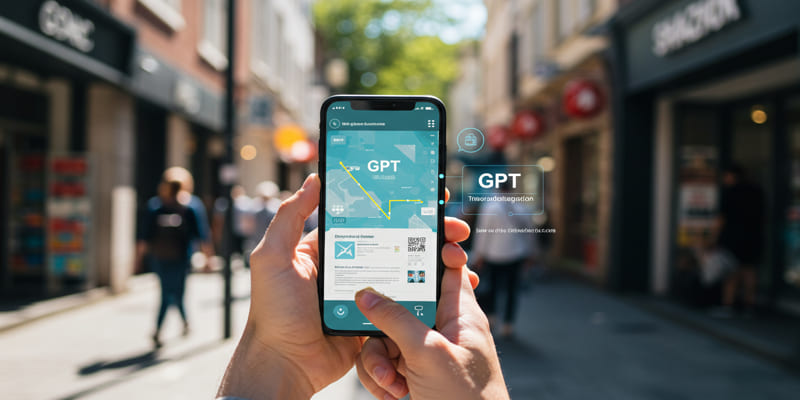Large Language Models (LLMs) have transformed how we use AI today. But on their own, these models can’t do everything. That’s where APIs come in. APIs let you connect your LLM to real-world data, other tools, or external services—giving your app extra functionality and power.
For developers, researchers, or businesses building AI applications, choosing the right API is just as important as choosing the right model. From enhancing your chatbot with retrieval abilities to allowing your app to transcribe or summarize audio files, APIs unlock new capabilities that a standalone LLM can’t deliver. In this guide, let’s take a deep look at the top 8 free and paid APIs that work perfectly with LLMs and help bring your ideas to life.
1. OpenAI API (Paid with Free Trial)
The OpenAI API is the most popular option for accessing commercial LLMs. It supports models like GPT-4, GPT-3.5 and image generation tools like DALL·E. It’s the gold standard in terms of usability, performance, and community support.
Key features:
- Provides access to cutting-edge models
- Includes support for function calling, embeddings, and vision
- Offers multi-modal interaction with GPT-4o (text and image)
You can build chatbots, document analyzers, summarizers, and even tools that call external functions—all within a few lines of code.
Pricing: Pay-as-you-go. New users get $5 in free credits.
Best for: Developers who want powerful LLMs with stable performance and comprehensive docs.
2. Hugging Face Inference API (Free & Paid)
Hugging Face is home to thousands of open-source models, and their Inference API makes it easy to run them in the cloud. No need for powerful GPUs or local deployment—make an API call and get results.
Key features:
- Access to models like BLOOM, Falcon, LLaMA, Mistral
- Wide support for tasks: summarization, classification, translation, etc.
- Option to use private or public models
Hugging Face is also community-driven, which means continuous updates and improvements.
Pricing: Free tier offers limited usage. Paid plans provide faster and larger-scale access.
Best for: Developers experimenting with open-source LLMs who want more control.
3. Cohere API (Paid with Free Trial)

Cohere specializes in high-speed, accurate text processing. Their models are especially known for generating embeddings used in retrieval-augmented generation (RAG) systems.
Key features:
- Lightning-fast embedding generation
- Multi-language support
- Focus on classification and retrieval tasks
Cohere also supports command-based generation models for specific use cases.
Pricing: Free tier for developers with limits. Paid plans based on usage.
Best for: LLM apps needing high-performance search, intent detection, or semantic analysis.
4. Anthropic Claude API (Paid)
Anthropic’s Claude family of models (Claude 1, 2, and 3 series) offers safe, smart, and capable LLMs. The Claude 3 family—especially Opus—rivals GPT-4 in quality while providing impressive long-context support.
Key features:
- High-quality, conversational output
- 100K–200K token context window
- Safe and reliable for sensitive applications
Claude is excellent for tasks that require complex reasoning, long document understanding, and multi-turn conversations.
Pricing: Paid only, with costs varying based on the model.
Best for: Researchers and developers building intelligent assistants or long-document analyzers.
5. Google Gemini API (Free & Paid)
Google’s Gemini models (formerly known as Bard) are available via AI Studio or Vertex AI. These APIs support text and multi-modal inputs with some of the longest context windows in the industry.
Key features:
- Up to 1 million tokens of context
- Multi-modal inputs (text + image + code)
- Tight integration with Google Cloud services
If you're building apps that require real-time document analysis or multi-modal interactions, Gemini is a great choice.
Pricing: Free in AI Studio for testing. Paid usage applies when using Vertex AI for production.
Best for: Developers in the Google ecosystem building scalable, multi-modal AI products.
6. DeepInfra API (Free Tier Available)
DeepInfra is a lightweight alternative to Hugging Face for running open-source models in the cloud. It focuses on ease of use and performance without needing self-hosting.
Key features:
- Instant access to Mixtral, DeepSeek, and more
- Minimal setup, just an API key
- Good for testing and deploying prototypes quickly
It’s particularly useful if you want to try open-source LLMs before committing to expensive infrastructure.
Pricing: Free tier available; pay per token for higher usage.
Best for: Developers who want fast access to open LLMs with zero infrastructure hassle.
7. AssemblyAI API (Free & Paid)
Need to feed audio into your LLM? AssemblyAI converts speech into text with high accuracy. It also adds value with extra features like summarization, topic detection, and sentiment analysis.
Key features:
- Speech-to-text in real-time
- Automatic summarization of transcripts
- Language detection and keyword extraction
It’s widely used in apps involving meetings, podcasts, lectures, and voice assistants.
Pricing: Free for 5 hours/month; scalable paid tiers available.
Best for: AI apps that deal with audio content or require speech understanding.
8. LangChain Toolkits (Free)
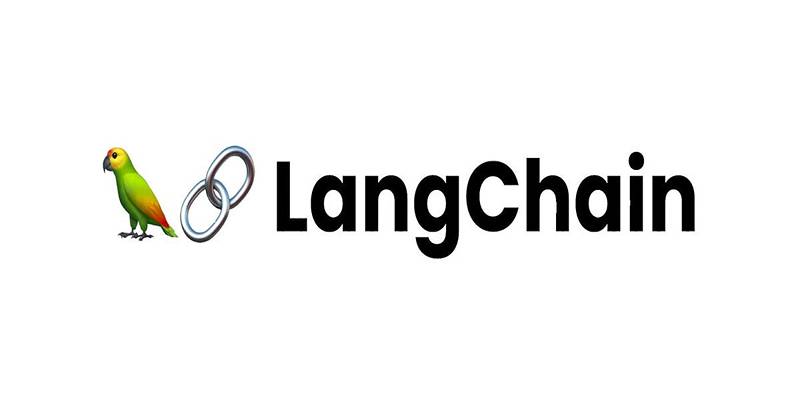
LangChain helps your LLM do more by allowing it to interact with tools. Want your model to browse the web, search documents, or query a database? LangChain makes it happen.
Key features:
- Integrates tools like Google Search, Python, SQL, and APIs
- Used to build autonomous AI agents
- Enables multi-step LLM workflows
It supports both synchronous and asynchronous execution, perfect for building intelligent, tool-using agents.
Pricing: Free (open-source); depends on tools used within the chain.
Best for: Power users building multi-agent systems, copilots, or task automation apps.
Conclusion
Choosing the right API can significantly boost your LLM-powered application’s performance, functionality, and scalability. Whether you’re leveraging the raw power of OpenAI, the flexibility of Hugging Face, or the speed of DeepInfra, each API offers unique benefits tailored to different needs.
Free tiers allow experimentation, while paid options offer enterprise-grade reliability. APIs like AssemblyAI and LangChain further expand your app’s ability to understand voice, connect with tools, and perform real-world actions. Combining multiple APIs is often the smartest approach, unlocking a powerful ecosystem around your model.

